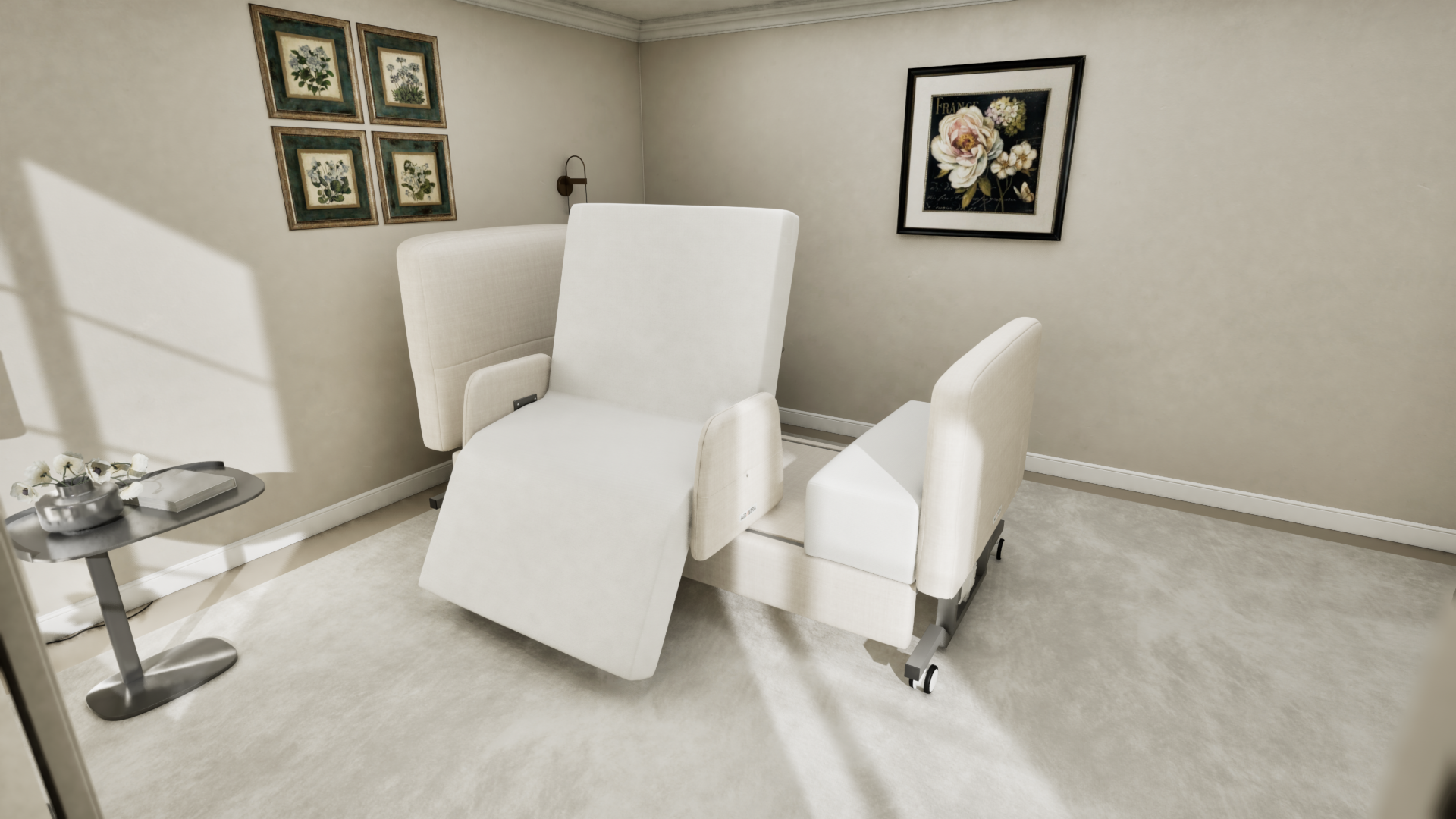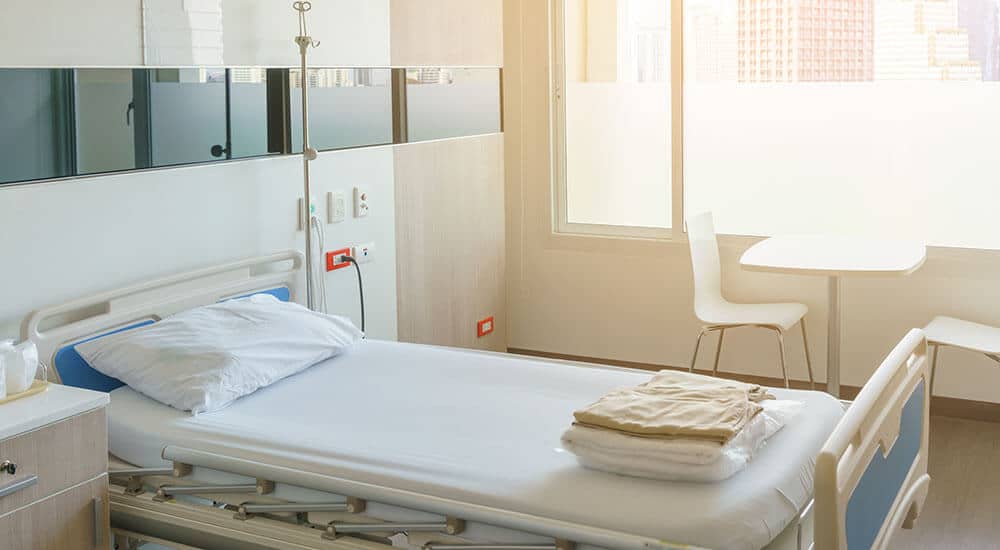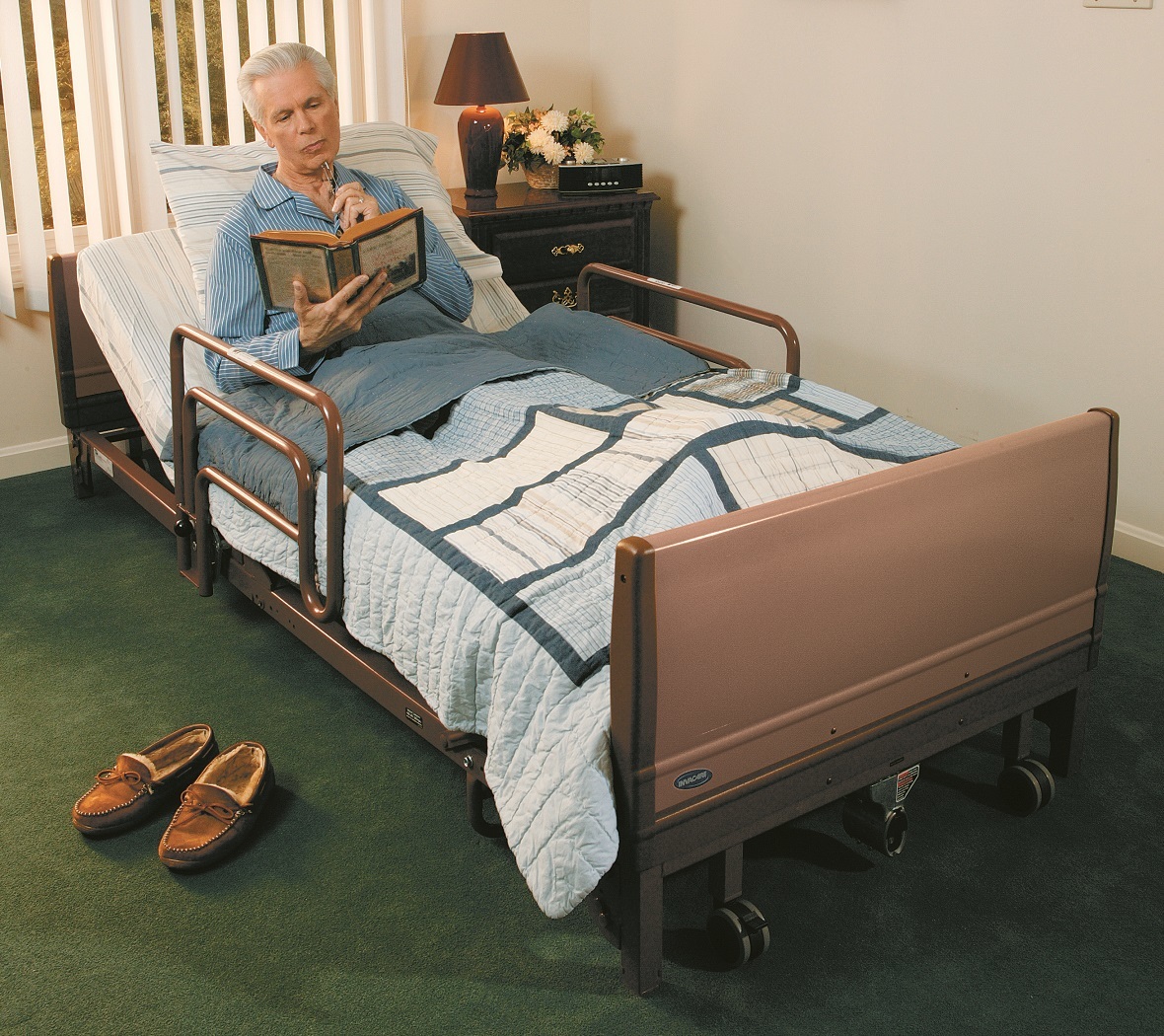Our Hospital Beds For Home Use Diaries
Our Hospital Beds For Home Use Diaries
Blog Article
Top Guidelines Of Hospital Beds For Home Use
Table of ContentsAll About Hospital Beds For Home UseThe Buzz on Hospital Beds For Home UseThe 45-Second Trick For Hospital Beds For Home UseHospital Beds For Home Use Can Be Fun For AnyoneThe smart Trick of Hospital Beds For Home Use That Nobody is DiscussingNot known Incorrect Statements About Hospital Beds For Home Use Our Hospital Beds For Home Use PDFs
There are three primary kinds of medical facility beds: manual, semi-electric, and fully-electric. However, more sorts of clinical beds exist and they are listed here. These beds make use of hand cranks to adjust the bed's elevation and increase and reduce the head and the foot. Hand cranks are usually discovered at the foot of the bed and call for an individual that is physically qualified of operating.
Semi-electric beds have an electric motor to increase and decrease the head and foot portions of the bed. Individuals and caregivers change the positioning by pushing buttons using a hand pendant. The elevation of the bed is adjusted by hand with a hand crank. Full-electric beds have an electrical motor that can increase the head and foot areas of the bed in addition to the entire elevation and positioning of the bed.
The smart Trick of Hospital Beds For Home Use That Nobody is Talking About
Some designs can likewise move right into more positions, such as the Trendelenburg (tilt) placement. There are numerous kinds of medical facility beds, each designed to meet specific individual requirements. Here are some usual kinds: This is the most usual kind of healthcare facility bed, developed for general medical usage. It has a guidebook or electrically adjustable headrest, footrest, and elevation.
Reduced to the ground than a typical bed. This sort of bed is created for bigger clients, with a broader frame and higher weight ability than a common bed. This type of bed is designed particularly for kids, with smaller sized sizes than a conventional bed. Special functions such as full length side rails and cartoon style.
This sort of bed is designed for critically unwell patients that call for open surveillance and specialized medical tools such as ventilators and mixture pumps. This kind of bed is developed for usage throughout labor and delivery, with flexible settings and attributes to support the mommy and baby throughout the birth procedure.
Hospital Beds For Home Use - Truths
Several feature and the devices perform increasing traction to various components of the vertebra and the extremities without relocating the human body. These are just a few instances of the types of hospital beds readily available. The specific kind of bed utilized will certainly depend on the patient's condition, clinical demands, and various other variables.
Below is the important things you need to recognize. A one-function health center bed is a medical bed that allows a patient to move only the head or foot area up or down. A 2 feature hospital bed typically describes a sort of medical bed that has 2 adjustable functions to assist clients in hospitals or treatment centers.

Getting My Hospital Beds For Home Use To Work
A 7-function ICU bed is a sort of medical bed that provides numerous flexible functions to support seriously ill individuals in a critical care unit (ICU) (hospital beds for home use). The 7 functions typically consist of: Backrest change: The backrest can be adapted to numerous angles to assist the client sit up or relax easily
Height adjustment: The bed can be raised or reduced to make it less complicated for people to get in and out of bed, and for caregivers to offer care. i loved this Trendelenburg setting: The entire bed can be tilted to promote blood circulation and circulation in the body. Reverse Trendelenburg setting: The bed can also be tilted in the contrary direction to promote blood circulation and circulation in the upper body.
While more budget-friendly than electrical models, these beds require physical initiative for adjustments. The major benefits of hand-operated beds are their affordability and integrity, as they do not rely upon power. However, the need for hands-on effort can be a restriction in circumstances where fast modifications are necessary or where caregivers deal with physical challenges.
The 9-Minute Rule for Hospital Beds For Home Use
Semi-electric health center beds provide a balance of handbook and electric controls. These beds provide a suitable center ground in between guidebook and totally electrical alternatives, supplying convenience of use without the complete cost of electric versions.
Semi-electric beds are fit for individuals who require moderate adjustments to the head and foot sections yet can handle without constant elevation adjustments. This makes them an economical option for those seeking convenience and benefit without the demand for continuous repositioning. Totally electrical hospital beds include electric controls for seamless adjustments to the elevation, head, and foot sections.
Specialized hospital beds, such as ICU beds, long-lasting care beds, and bariatric beds, are very carefully created to deal with specific clinical requirements. These beds use customized take care of varied individual groups, enhancing both end results and convenience. In the following areas, we will check out the primary kinds of specialty hospital beds, outlining their details advantages and applications.
With years of experience in making electrical straight actuators - hospital beds for home use and close cooperation with the health care market, TiMOTION is well-positioned to give trustworthy healthcare services. Our up and down incorporated company handles every step of the production procedure, from layout to actuator setting up, ensuring we supply remarkable value and tailored solutions customized to your particular needs
Rumored Buzz on Hospital Beds For Home Use

For more information regarding integrating these innovations into your products, call us today. Further analysis:.
Information is sourced from the Medicare Cost Report. Accessed January 2025. Short-term acute treatment medical facilities have the highest average number of beds at 187. They are one of the most common kind of health center in the united state and comprise even more than 50% of U.S. health centers. Children's medical facilities have 178 beds usually and VA hospitals ordinary 175 beds.

Hospital Beds For Home Use Can Be Fun For Anyone
A health center bed is a bed created especially for medical functions. It is not only a location for people to rest, yet additionally a system for clinical operations. Unlike common home beds, health center beds typically have flexible features, which can promote medical team to make numerous modifications according to the demands of patients, such as transforming the elevation, disposition, and support angle of the back and legs of the bed.
Report this page